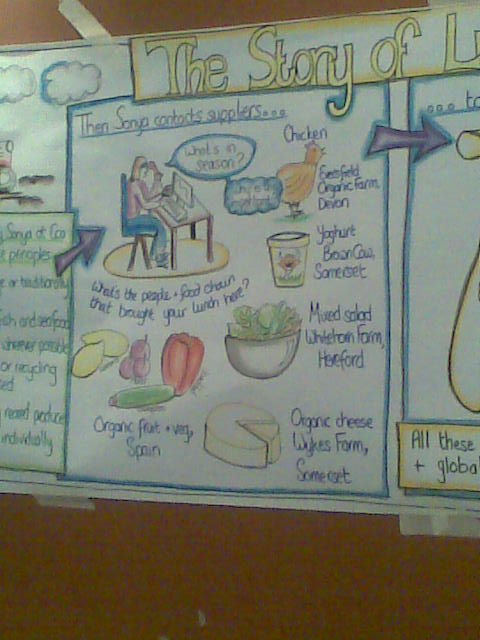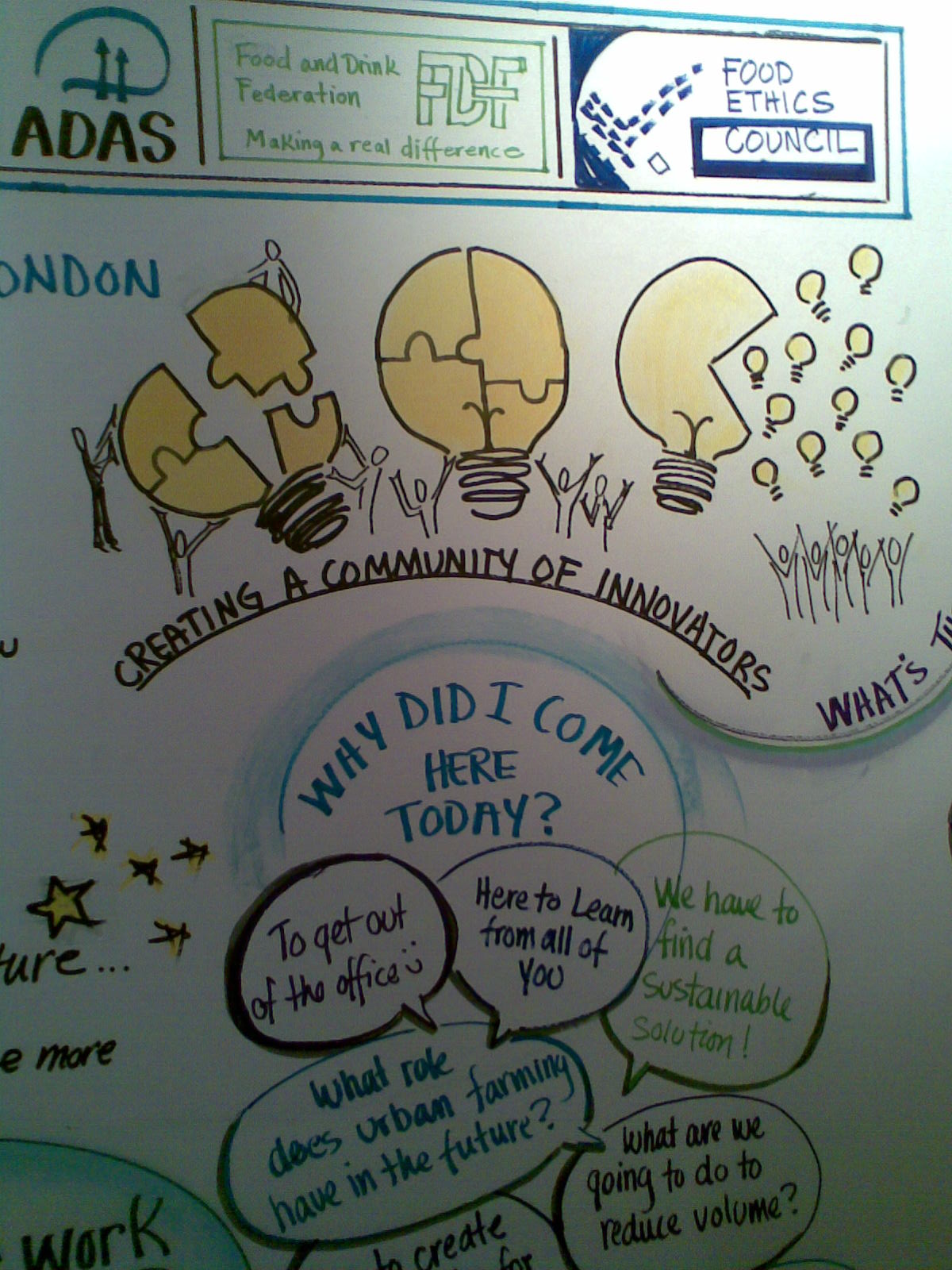Many strands of work at the moment share a theme of putting in place the conditions for collaboration, and then waiting for something to happen.
The work
I'm working with a colleague to train people from a large state body to pilot a collaborative approach to delivering one of their legal duties. There is pressure - from managers who don't quite get it - to have clear timetables and plans, for action to be delivered. But while you can call on hierarchy and processes to get the job done within your own organisation, you can't tell collaborators what to do. And collaboration relies on genuinely compelling outcomes which are shared by more than one party. You can't magic those out of the air. Our client organisation is in a position to be very clear about its own 'compelling outcomes' on the basis of a technical evidence base and legal duties. Whether there are potential collaborators out there who share any of those compelling outcomes is one of the early questions which needs exploration.
Another strand of work is a multi-stakeholder initiative (it's hard to know how to describe it) where the convenors are using all of the good practice they know to bring people together in a spirit of enquiry and good will, to discover whether there are collaborations waiting to emerge. Participants share a sense that the current system of which they are a part is not sustainable. They may not agree about the bits which are problematic or what a sustainable version would look like. Some of them are more natural bedfellows than others.
I'm in a curious ambiguous role as a participant in this initiative, and a 'friend of the process'. Do I have a role as supporting the convenors? Am I in a privileged observer role, able to spot what's getting in the way and then leaving them to do something about it? Or might I choose to take more ownership and responsibility, doing something about the process myself? (Let alone doing something about the system which we are there to change.)
Metaphors to understand the delicacy
I'm struggling to find metaphors to help explain the difference between project planning, and planning for (and then stewarding) collaborative emergence.
If you've looked after toddlers, you'll know the phenomenon of two children playing quite happily side by side, but with no interaction. No matter how skillfully the grown-up coaxes, if they aren't ready to play together it's not going to happen.
Perhaps it's also like growing particularly temperamental plants, like orchids. Sometimes it just doesn't work out.
Or internet dating. You set criteria and find lots of potential matches. Everything looks promising. And then the magic is either there or it's not. You can't make it happen through an act of will.
Or nursing a sick person: you intervene and you comfort. Sometimes it's enough to just sit next to their bed while their body gets on with doing something about the illness.
Collaboration for system change
All of these possible analogies imply someone outside of the process who is trying to get others to 'play nicely' (except the dating one). This seems unsatisfactory. Collaboration comes because the collaborators both really want to accomplish something which they can't do by themselves. Layer on to that the unknowability of system level change, and sometimes it will take a lot of discussion, exploration and false-starts to find action which people take together which they hypothesise will lead to the right kind of change.
How do you know if you're using your time well?
This question arises in different guises.
In the large state-funded body, where the people running the collaborative experiments are very new to this way of working, there is a need to justify the way they are working to their own line managers, and to the team who are holding the experiment in the middle. At some point in the future, evaluation and the main external 'client' will want to know too.
In the system-level initiative, the hosting body needs to know that funds and staff time are being well used, and all the participants will be making daily choices about whether to be active or whether to sit on the sidelines.
I ran a workshop for a well-known NGO some years ago, helping them to shape their internal monitoring and assessment process so that it would be fit for keeping an eye on complex emergent system change. We had a fascinating day, but it was hard to come to conclusions about KPIs or management information to gather which would be meaningful in helping the team decide what to do, or in helping the organisation decide whether to keep an area of work going. So much would come down to professional judgement, trust and even intuition.
And the question arises for individual change agents, as I have seen over the course of all my work in independent practice: am I doing the right things? is change happening fast enough, far enough, deep enough, wide enough? This is one of the four tensions which were explored in my paper for the EABIS Colloquium in 2008.
Frameworks, checklists, dance moves
In the training, we are using some great frameworks and checklists to help conceptualise the choices and possibilities which stakeholders are faced with, when exploring collaboration.
We have a spectrum of collaborative working, from information sharing to full mainstreaming of the shared compelling outcome in both (all) the collaborating organisations.
We have a two-by-two matrix plotting whether, for a given compelling outcome, the organisation in question can accomplish it alone or can only do it with others; against whether there are any 'others' who want to collaborate to achieve that outcome.
We have guidance on what to think about when setting up a 'holding group' to keep an overview of the collaborative work.
At some point this will come into the public domain and I'll add links.
And we also know, from experience and the writings of others, that sometimes all you can do is put in place the conditions, hold a process lightly and then wait. (Or stumble forward.)










